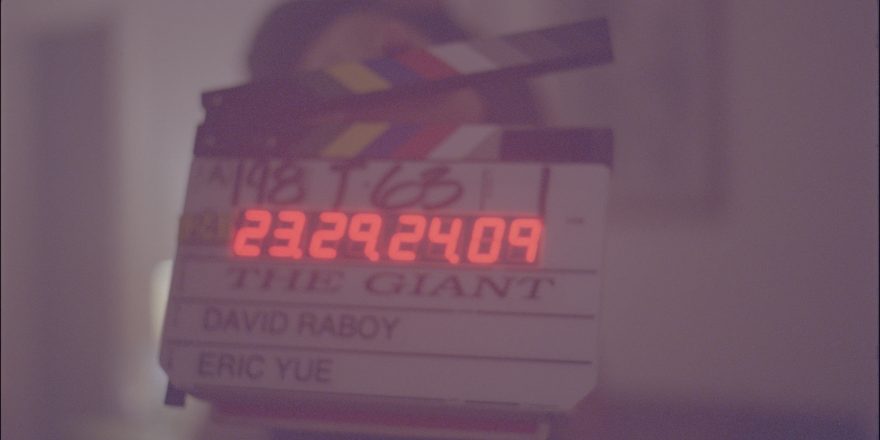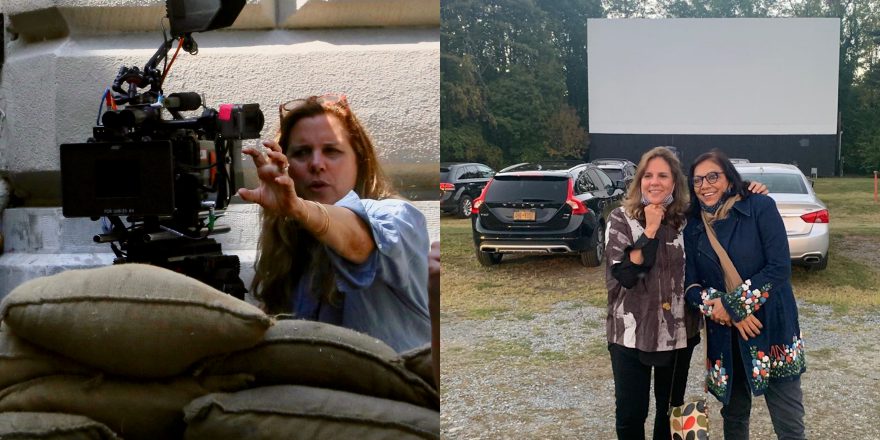I made a family movie with my family. We’re not the Gyllenhaals. Or the Sheens. Or the Douglas clan. My family are not moviemakers. But they each have specific, important skills that come in handy on a film set. We used to run a bakery when I was a kid, but as my mother famously warned my father — well, “famous” to the inhabitants of a row of redwood townhouses on the south shore of Staten Island — “My son is going to school. He’ll become a baker over my dead body.” In the sitcom version that plays in my head, my father’s retort is quick and promising: “That can be arranged.” After years of writing about my family, I now find it nearly impossible to separate what was actually said from what I imagine was said.
My mother’s resistance to my being a breadman or a cookieman was less about any snobbery toward the culinary arts and had all to do with Christmas. Bakers are never home on Christmas morning. Instead, they’re sweating in front of large ovens producing thousands of loaves of twisted semolina bread, creme-filled layered pastries, and holiday “cookie trays” — those cellophane-wrapped mountains of toasted sugar that Italian-Americans gift to one another from house to house during the season. Like a cherry on a sundae, each is usually topped with a few rainbow cookies — for a pop of color and edible love. At least, that’s how we do it on Staten Island. While my mother enjoys a good rainbow cookie, she hated years of unwrapping Christmas gifts without her husband, so no one in the house was allowed to become a baker.
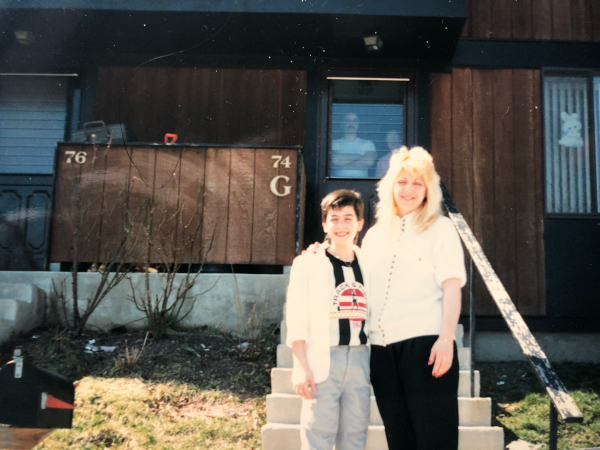
So I went to school. I left the borough in 1996. And 20 years later — after college and an acting career that can only truly be described as “inert,” followed by a mid-30s reinvention as a director in film school — I came home to shoot my first feature film, Team Marco. (The movie is now available nationwide on digital and on-demand from Samuel Goldwyn Films.) I came home because I knew that in order to get my feature directing career off the ground, I had to start independently. I could have stayed in Los Angeles after film school and worked my way up in the business as a writer, but I felt if I was to be a director I had to actually go out and direct something. That was the year that Mark Duplass reminded an eager SXSW audience, “The calvary isn’t coming.” This scared the shit out of me. I guess it was supposed to.
If the cavalry wasn’t coming, I had to go home and round up my own cavalry. The process began with a swirl of lawyers and accountants and pitches and meetings, as I formed my own production company, named in honor of our home borough, Boro Five. When the capital was raised — a journey that in itself took almost two years of dinners, cocktails, PowerPoints, handshakes and intense frustration (I think at one point I stayed in bed in the fetal position for two days after a charming couple invited me on a three-day Hamptons getaway, only to then not invest) — I hired a producer whom I met in film school. I handed him a check for our full budget and put my director cap on. In the dead of winter in 2018, Sam Sandweiss graciously drove cross-country and battled his first Nor’easter to move in with me (it’s independent film), expecting, I think, to produce a film the way we had learned in film school. Fat chance.
Looking back on it, what came next was pretty unfair to him. I handed him the final script, complete with 32 speaking parts, more than 25 locations, and at least four set-piece scenes that required large groups of people. To his credit, he told me that we didn’t have the money for any of this. I replied, “No, we don’t. But welcome to Staten Island.” What we didn’t have in cash, we had in community. We were about to spend the next four months of pre-production meeting and partnering with more than 500 people across the borough. There was no class at USC that could have prepared Sam (or myself) for the deep end into which I was about to push him.
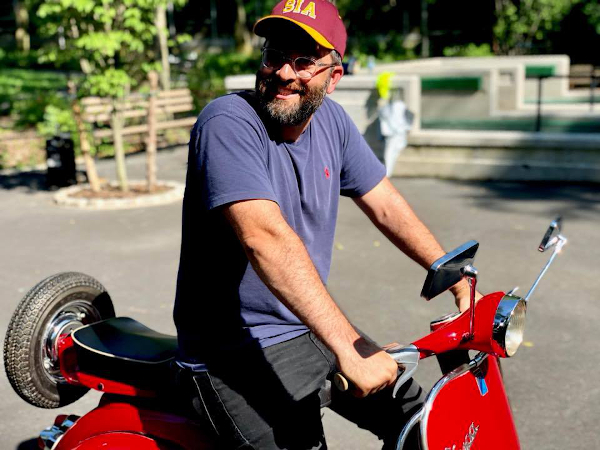
As Sam quickly realized, very little on Staten Island is not a family affair. First, my family took on some very key roles. My sister, a successful stylist in her own right, would head our Hair and Makeup department. My mother would be our bookkeeper, helping our line producer as best she could. My father served as our transportation captain, driving the shuttle bus for our cast to-and-from the Staten Island Ferry; he’s a school-bus driver when he’s not baking. My stepfather, the woodworker, would build and paint sets, and my brothers-in-law would lend a hand to carry the odd piece of furniture or carry out the last-minute delivery when our small P.A. team had gone home for the day. (My youngest sister asked for a lead role and begrudgingly settled on one line of exposition that I gave her.)
To clarify: On Staten Island, when we say “family,” we mean immediate family, plus the rest of the neighborhood. We asked local restaurants to formally invest in the film by contributing food for the crew. We asked community groups and organizations to lend their spaces as locations, in exchange for promotion in the film, the credits, and on our socials. And when we needed throngs of background players, my sisters took to Facebook. It was the Staten Island that I knew and loved, the one that I wanted very much to showcase in the film: a beautiful place with loving and warm people who would give you the shirt off their back — or put on a costume shirt and stand where you needed them to for the shot.
I felt it was my duty to honor their support by showing our borough in its brightest light. To me, that The New York Times commended the film as a “golden view of Staten Island” was confirmation that I had done right by the hundreds of people who made the movie alongside us. But “golden” might lead you to believe that the experience was a seamless homecoming. It was not. The year we shot the film, 2018, was also the year of the contentious midterm elections. And Staten Island is a political anomaly in New York City — a truly purple place in a true-blue city. While the movie is a defense of tradition and a call to remember the value of all that is old-world and “old school,” I, the filmmaker, am far less conservative than the script I co-penned with my best friend from the sixth grade. The film is not political at all. It’s earnest, uplifting, sweet. Leonard Maltin called it “a life-affirming feel-good movie.” It is the rainbow cookie of family films. I, however, rainbow at heart, am much less politically neutral.
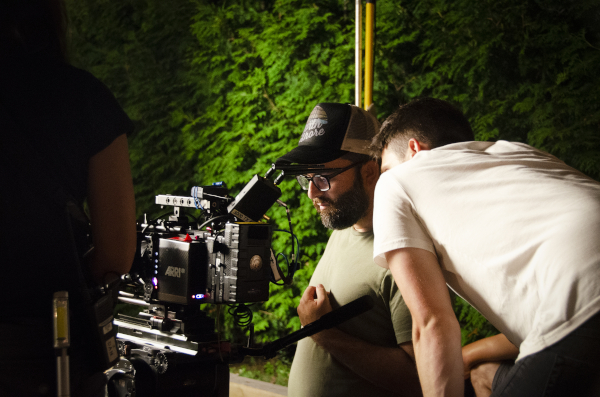
For the record, the Island is a mix of red and blue. It gets derided in the press — and in movies and television — as a “conservative bastion” and the like, but it has more Democrats in the district than Republicans, and it voted for Obama before it voted for Trump. For every story about a bar protesting COVID-19 restrictions, there is a hard-working progressive city councilperson working side by side with a good-hearted GOP local official — both of whom just want the best for our hometown and neither of whom could pay for that kind of press. The brawny borough, the one-sided narrative you see and hear online and on SNL, is not always the reality of the complicated community on the ground. The Island is full of contradictions and unexpected convictions, the result of it being one-fifth of the greatest city in the world while simultaneously only having five ways on and off of it, one being the world’s slowest boat.
In the midst of production on my first feature, I would come to learn about the complicated political landscape active all around me. In 2018, Afghan vet and first-time House candidate Max Rose was running for Congress, endeavoring to do the seemingly impossible: flip the district from red to blue. As a gay, yoga-loving, Prius-driving liberal, I didn’t think twice about throwing my support behind Mr. Rose. I hosted a fundraiser. I invited friends to a “Coffee and Congress” brunch. I posted online enthusiastically. I drove a shuttle on Election Day. Many people worked hard to get him elected, and I was happy to voice a small part in a large chorus that was singing his praises. (Rose won in 2018 and just lost his seat in 2020. He is now eying the Mayor’s office.)
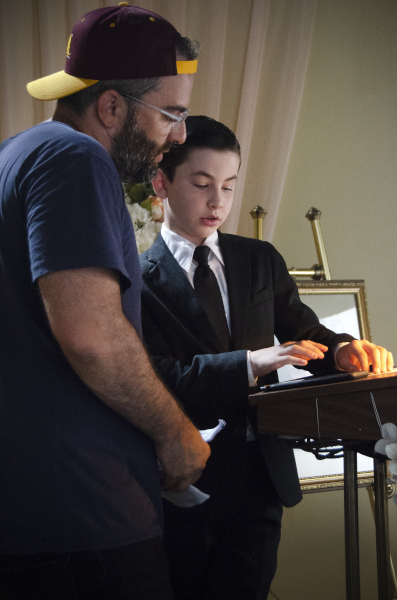
And I quickly fell into the deep end that I had pushed Sam into just months before. The marriage of art and politics is a rocky one, as I soon discovered. I never meant to “get political,” but I found it impossible not to be an active part of that year’s democratic process. My introduction to the risks that this presents started on Facebook, where I was tagged a “Hollywood liberal who should go back to Cali.” (The commenter should only know that out West I am a New Yorker who sticks out like a sore thumb with my Yankees hat and my love of … walking.) Weeks later, a dear family friend declared, “College ruined you!” relentlessly calling me a “libtard pussy” to anyone online and off who would listen. There were too many shouts and snickers of “snowflake” to recount and a midsummer drive-by middle-finger that seemed only to be provoked by a completely apolitical blue hat. At one point, my mother begged me, “Please stop talking about politics! You’re a director, not a politician. Worry about the movie, not the election.” But I was worried about both. In a Republican family, with six nieces and nephews, it is important to stand for an alternate view. Yes, I feared that speaking out as a proud Democrat would sour the borough’s support of the film, but I thought I could do it in a respectful and low-key way.
If the experience of going home were a movie itself, the second-act climax would be the day that the local paper printed an editorial I wrote on the front page. This was well into our film festival run, more than a year after production, when the Island got pummeled in the national press because the organizers of the St. Patrick’s Day Parade were not allowing the Pride Center to march under its rainbow banner. “Do you have to say something?” my family asked. “Yes.” And a day later, in print, was a 1,000-word call for the Island to catch up to the rest of the city and allow the Center to be included, pitted across the page — column vs. column — with a well-respected borough politician who disagreed. The emails and texts were a mix of “Well done” and “Dude, what the fuck?” Any attempt to fly below the local radar was now for nought. In this small pond, I was the front-page fish shouting, “Let the gays march!”
It is well worth noting that for every crass barb lobbed over a beer, there were always two more level-headed friends or family members — from both sides of the aisle — who came to my defense. (My sisters and brothers-in-law have been very torn, but #familyfirst.) For every confrontation about Max Rose, the Democrats, or later Kamala, Pete and Biden, there were heart-to-hearts with high-school friends about abortion, marriage equality, and Black Lives Matter. And for every Facebook crazy who wanted to duke it out online, there was a group of retired cops and union guys who wanted to share a coffee and a bocce match, politics be damned. None of the “attacks” were all that threatening, truth be told — and they’re rather tame compared to what we’ve seen nationally this year — but they definitely shifted my relationships in the borough. I lost some new friendships, but I strengthened some old ones through dinners and debate, and made more new ones by speaking out. Through it all, my family and I have found a healthy balanced habit of arguing loudly but with great love and humor. Food afterward helps, too.
As COVID-19 came and the film’s festival run was cut short, I feared I had just made a movie that would sit on a digital shelf, but at the end of this past summer, Samuel Goldwyn Films picked it up for a national digital release. Still, I worried I had gone overboard in my home borough, that the film’s release would be adversely affected by the filmmaker’s outspoken typing fingers. I am happy to report that — true to form — Staten Island has rallied around one of its own, no matter his politics. The borough has embraced the film with open arms, proud because it does precisely what I intended to do: showcase the loving community I know well. I do not believe the movie sugarcoats the island’s complicated personality. It just highlights a beauty that cannot be seen in the constant finger pointing at the “red borough.”
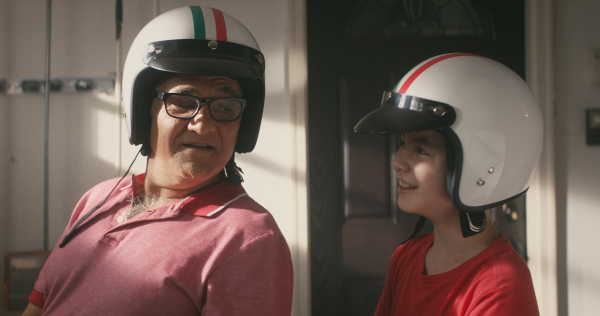
Going home to shoot my first feature taught me a lot. While my job keeps me behind the lens, my role as a filmmaker in this community seems to catch me in front of it sometimes. I suppose that is part of the deal when you leave the anonymity and bubble of Los Angeles and venture back home, to a pond you’re very familiar swimming in, but now with camera in hand. What I expected was the same family and community support I had known and loved as a kid. I found it. In truth, Team Marco would not have been made without it. In that way, Staten Island has not changed in 20 years.
What I did not foresee was just how much I had changed. I found that you can, in fact, go home again, but you don’t go home as the same person. I left as an uptight closet case who was ever too eager to please, but I came back as an adult artist with a strong opinion and little need not to share it. Perhaps the best part of the experience is that my family now knows me as the latter. They may not love that I mix my art with politics, but they have come to respect me for it. The icing on the cake is that we got to make a film together, along with our whole community, that showcases our home as the golden place I have always known it to be. And if you don’t believe the hype of the movie, come taste our cookies. I didn’t bake them. I’m not a baker. But they make a convincing case for the allure of New York City’s fifth borough.





